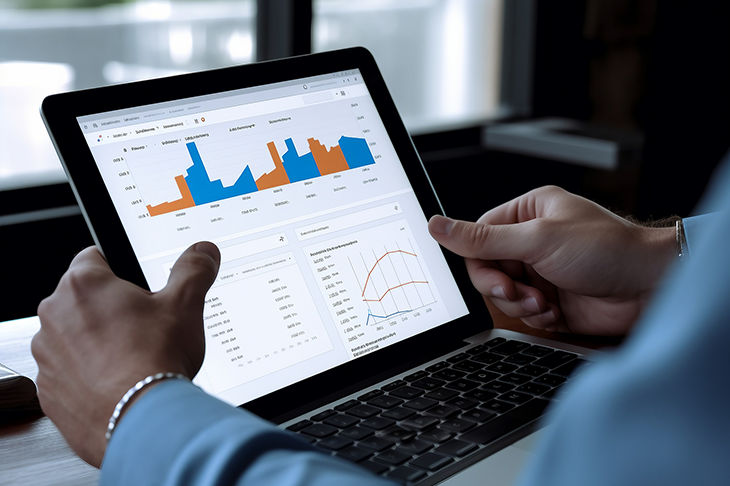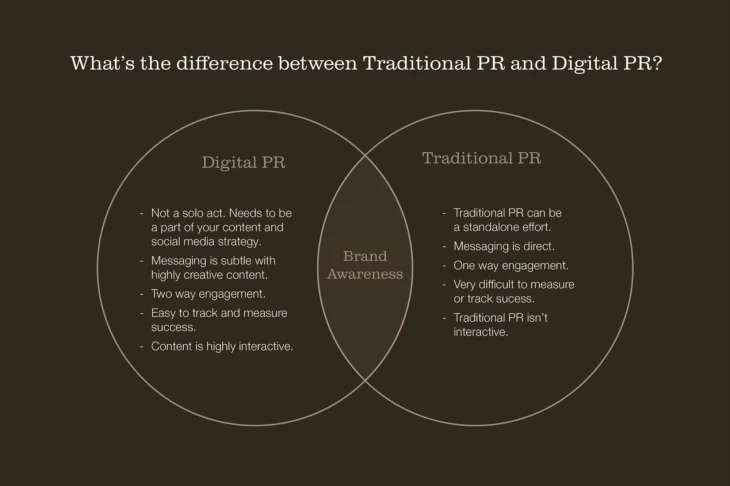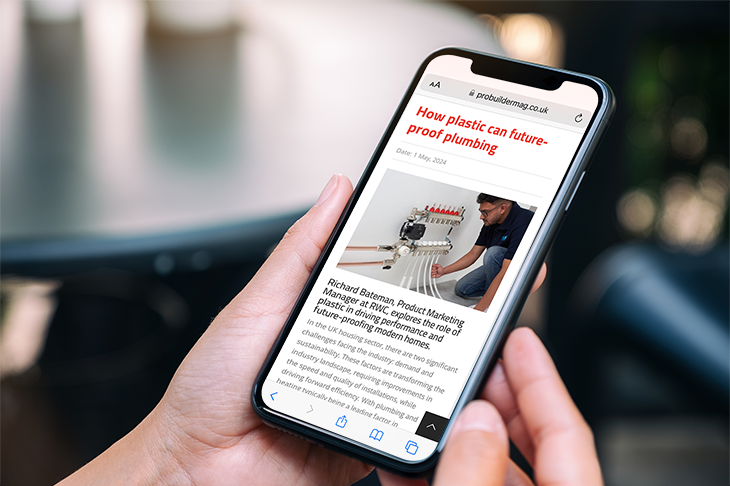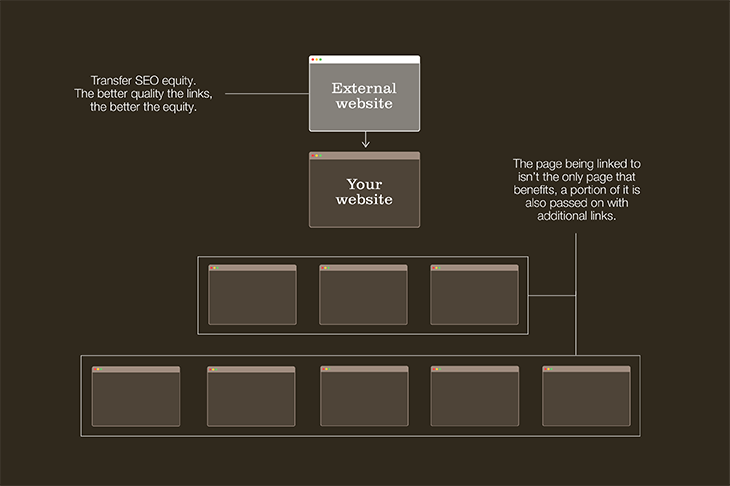- Perspective
- PR & Content
From print to online. The role of digital PR in 2024.
In our latest blog, Jordan O’Flanagan, senior PR and content manager, at Wyatt International has explored the evolution of PR, and more specifically the role digital PR plays for B2B brands.

What is digital PR?

Digital PR is a tactic used by public relations experts and comms specialists to increase brand awareness. The principle applies the foundational tactics of traditional PR to accelerate exposure online, which means it is more strategic, more measurable and possibly more valuable when executed in line with wider content marketing campaigns.
The basics of digital PR began in the early 2000s as Google’s popularity started to soar, but it wasn’t until the release of the Google Penguin Update in 2012 that it started to become an essential facet of the marketing mix. Those that were working in marketing teams and agencies at the time will remember that morning, arriving to work and learning that their websites had fallen off the proverbial cliff. The days of purchasing irrelevant links in volume were over thanks to the now thundering sound of Penguins.
This was the first devastating (but necessary) algorithm update that shook the marketing world. The digital landscape had been transformed overnight and the industry was now on a new path to create real stories and content – content that targeted the right people in the right places. Thus, digital PR was born.
What is the difference between traditional PR and digital PR?
Before we discuss the differences, I think it’s important to discuss the similarities. Firstly, PR is PR. It’s about understanding your B2B brand and its messages, it’s building relationships with journalists, and it’s about knowing your target audience like the palm of your hand. All of these apply when it comes to digital PR. But the key benefit to digital PR is how it connects your digital presence to your audiences.
Digital PR, much like traditional PR, is about storytelling. It’s a way to elevate brand presence, boost authority and build real trust across a broader, online community. And it’s not just distributing press releases. It’s securing features, engaging with journalists and bloggers, providing opinion and thought leadership pieces covering industry topics (in real-time), it’s also engaging with influencers and actually managing the publication of your brand story.
In turn, valuable links can be earned from trusted sources that drive the right people back to websites, social media platforms or even specific products and services. Digital PR and content creation go hand-in-hand with SEO and digital marketing – it’s what now sits at the very heart of multichannel, multidisciplinary campaigns. And to us, it’s something definitely worth investing in.

What is the process of digital PR?
Step one of creating a digital PR strategy is not too dissimilar to that of a traditional PR strategy. It all starts with knowing who your audience is. But the benefit of it all being digital is that you’re able to use a number of research platforms, target publication mailer lists or even social media to build a picture of who you’re targeting and where they’re digesting information.
The next step is to define your objectives. Is it general brand awareness, or do you want a specific sub-set of people to know about a certain product? This needs to be carefully defined as it will dictate the type of content you’re creating – a product review, perhaps? Or maybe a longer, more detailed technical review?
You should now start to investigate your online publications. What features do they have coming up? Are there specific themes per month, or per quarter? What content are they looking for? And which content would they like to feature more of? All of these conversations will fuel the creation of a complete digital PR content plan.

How does digital PR and digital marketing work together?
As I said, digital PR is an essential part of a multichannel campaign – it goes hand-in-hand with B2B SEO strategies and social media marketing campaigns. A successful digital PR campaign will always feature valuable backlinks to websites as it demonstrates to Google that you’re an authority on your chosen subject and able to provide your audience with the right, relevant information. These backlinks are integral to driving traffic, boosting Google rankings and converting leads into sales.
Digital PR content should also be repurposed to build additional content, whether that’s longer-form blogs, video reviews, infographics or social media posts. Just one piece of digital PR can serve many purposes and help any B2B brand reinforce brand messages and value across multiple platforms.